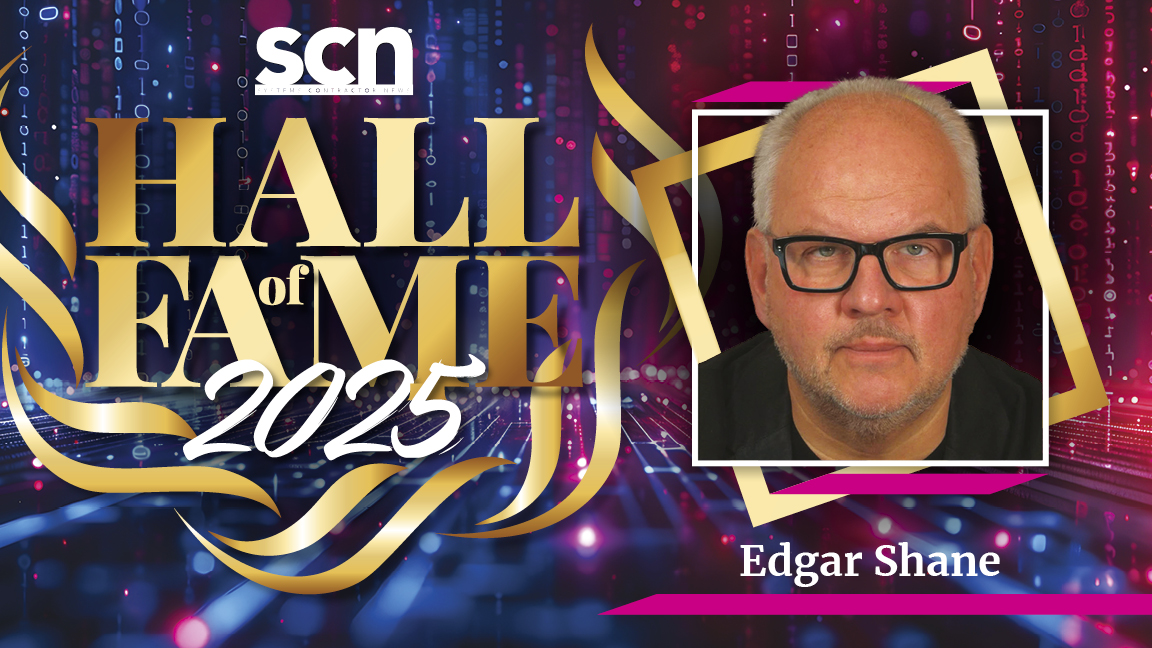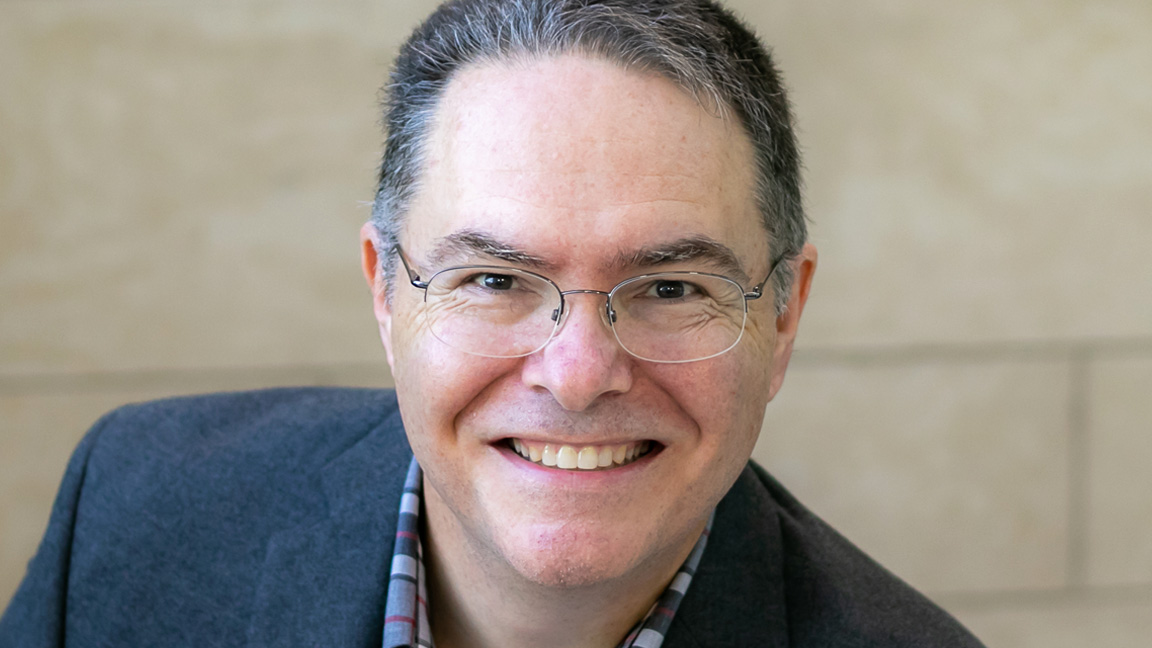Too often writers lean on that tired literary crutch declaring their subject was ahead of their time. But in the case of Edgar Shane, general manager of engineering for JVC Professional Video, a division of JVCKENWOOD USA, it is undeniable. After all, he spearheaded the development of a JVC camera that would forever change the way video could be transported. The only problem was that his digital transportation highway was, well, still under construction.
[SCN Hall of Fame 2025: David Martin]
The product was the GY-DV300, affectionately called Streamcorder. Launched in early 2002, it was a 1-chip HD handheld camera that recorded footage on mini-DV tape. But its groundbreaking feature was that it could simultaneously stream video to the internet. Encoders already existed, but Shane had the idea of moving broadcast-quality video over an IP network directly from the camera. He worked with JVC’s R&D team in Japan to create the unique functionality.
Back then, outside of "sneakernet" methods of sharing videotapes, transmitting video footage was very expensive; satellite or microwave transmission was realistically only available to broadcasters because of the cost-prohibitive price tag. Shane said Streamcorder was a hit when it was released almost 23 years ago, but its streaming capabilities suffered from a slow and sometimes intermittent internet, even with a direct connection. “The infrastructure wasn’t ready,” he said. “But for us, Streamcorder was a game changer.”
From there, JVC integrated LAN/IP connectivity into its camera lineup (as did much of the competition). A decade later, when internet speeds and reliability were much improved, the company found great success with another camera Shane helped develop, the GY-HM650 ProHD handheld mobile news camera, which featured Wi-Fi and LTE connectivity.
When it comes to designing the next generation of cameras, there are two parts of the process. Shane said his thought process “always starts with talking with our customers.” He values customer input—he develops professional products for specific purposes, so it only makes sense to learn what potential users want and need.
The second part is maximizing image quality with better sensors, as well as features like HDR and bit depth. Imagery is an important component for Shane, a lifelong photographer. “I was always obsessed with imaging and photography,” he said. “Video was a natural continuation of photography for me. When I realized those still images could move, that made me even more excited.”
Shane, who quickly worked up the ranks from his starting position as a product manager, has helped direct JVC Professional Video product development since 1998. These days, he's known for his prolific hosting of online webinars demonstrating JVC's cameras and KM-IP line of production switchers powered by vMix.
While there will always be traditional camera operators, Shane is convinced professional production will ultimately live in remotely controlled cameras. He also warned Pro AV professionals not to ignore AI. Many corporate and even broadcast studios have adopted PTZ cameras, and they are relying on AI to adjust image settings and track the action. “It’s all an ongoing process, whether we like it or not,” he offered.
[SCN Hall of Fame 2025: Christian Heil]
In the late 1980s, his master’s degree project involved creating an interface to digitize still images, so it’s no surprise that between film and digital, Shane is firmly planted in the digital camp. “Part of me is a photographer, the other part is an electrical engineer,” he explained.
Shane still loves to shoot. These days, when he’s not developing JVC’s next camcorder, he likes to travel and explore his new passion: underwater photography. Digital photography, of course.

